Hanoi and Ho Chi Minh City are struggling with pollution, including huge amounts of emissions from gasoline-powered vehicles released every day.
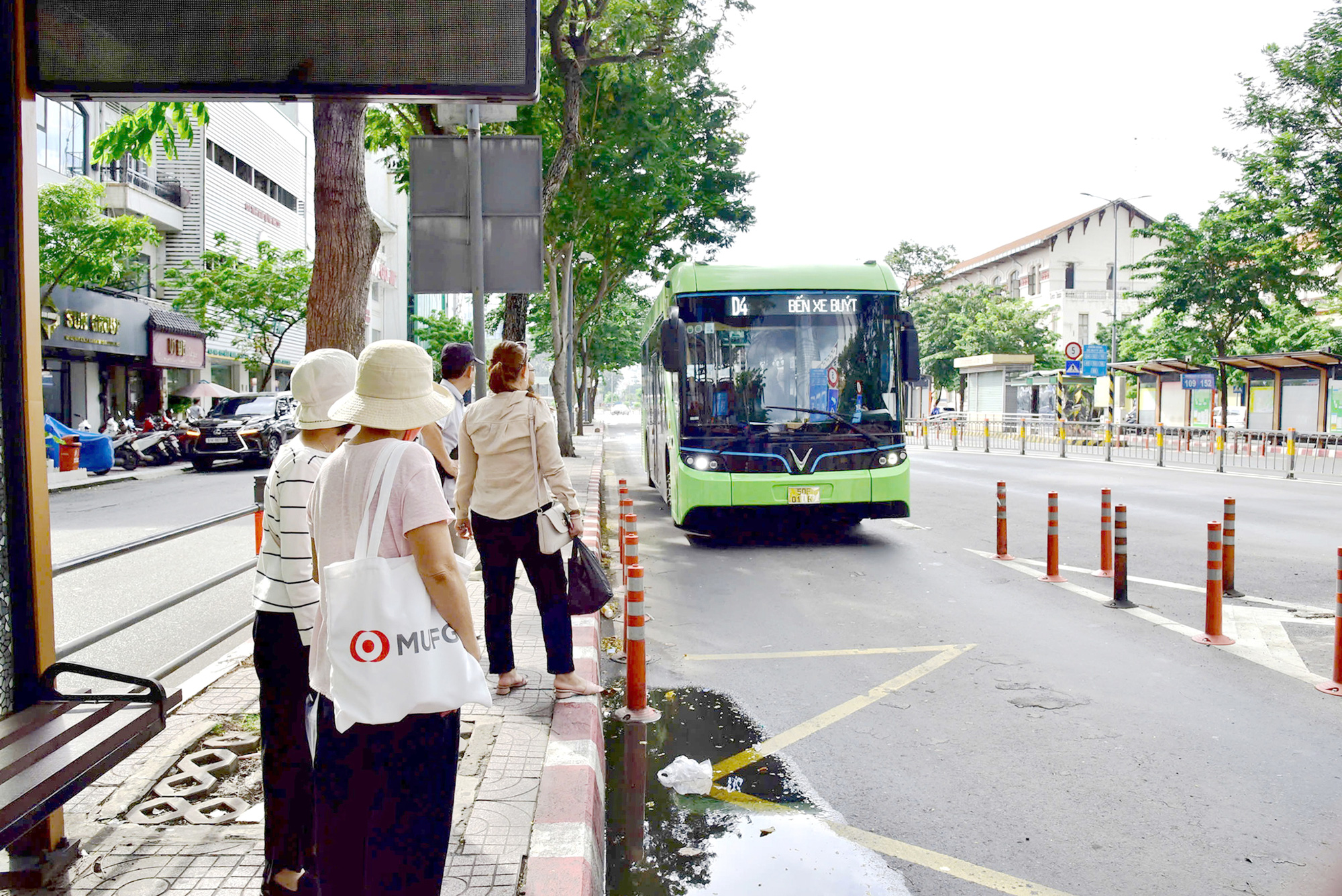
Green transportation is a trend for sustainable development of green infrastructure and green economy . In the photo: D4 electric bus route has gradually been supported by people as a means of transportation - Photo: TRI DUC
The implementation of policies and solutions on green transportation is considered urgent by local leaders. In particular, some large cities such as Ho Chi Minh City and Hanoi... have proposed a roadmap for converting to green transportation, in which priority is given to converting buses to green energy first, then personal vehicles.
Where are the clean streets?
In late October and early November, the weather in Ho Chi Minh City often has quite thick fog, obstructing visibility. This fog layer includes both humidity and dust. This phenomenon is especially obvious on days when it rains the day before and has little sun the next day.
According to experts, the above layer of smog is formed by many factors, including emissions from traffic, industrial activities and people's daily activities... In reality, on the road, with millions of vehicles traveling every day, it is not difficult to see some vehicles "emitting" black smoke into the environment when accelerating.
Monitoring reports from the Ho Chi Minh City Department of Natural Resources and Environment show that in most months, the TSP (suspended dust), PM10 and PM2.5 fine dust indexes exceed the permissible standards. The department also concluded that the cause of air pollution comes from the impact of traffic, industrial activities and residential activities. Of which, traffic is the leading factor.
The situation in Hanoi is no better. Statistics show that on many days in October 2024, air quality was at a bad and poor level. Many roads, residential areas, and urban areas in Nam Tu Liem, Bac Tu Liem, Ha Dong, Cau Giay districts, and Hoai Duc district... were covered in dust and smoke, and Hanoi's sky was opaque even though it was sunny.
Notably, the pollution situation is more serious in areas near construction sites and some roads under construction. According to the Hanoi Department of Natural Resources and Environment, monitoring results show that the number of days with the air quality index (VN_AQI) at poor and bad levels accounts for more than 30% of the total number of monitoring days in the year (approximately 110 days - PV).
The average annual PM2.5 dust concentration in Hanoi is nearly twice the national technical standard. According to the department, the main reason for this situation is that transportation is the largest source of PM2.5 emissions (accounting for 50 - 70%), industrial production (14 - 23%), and the rest is from agricultural production and domestic sources.
Faced with the current air pollution situation in Hanoi and Ho Chi Minh City, both localities are implementing many solutions to improve air quality. In particular, Hanoi is piloting the measurement of emissions from old motorbikes and scooters in circulation in the area as a basis for research and proposing solutions to improve air quality...
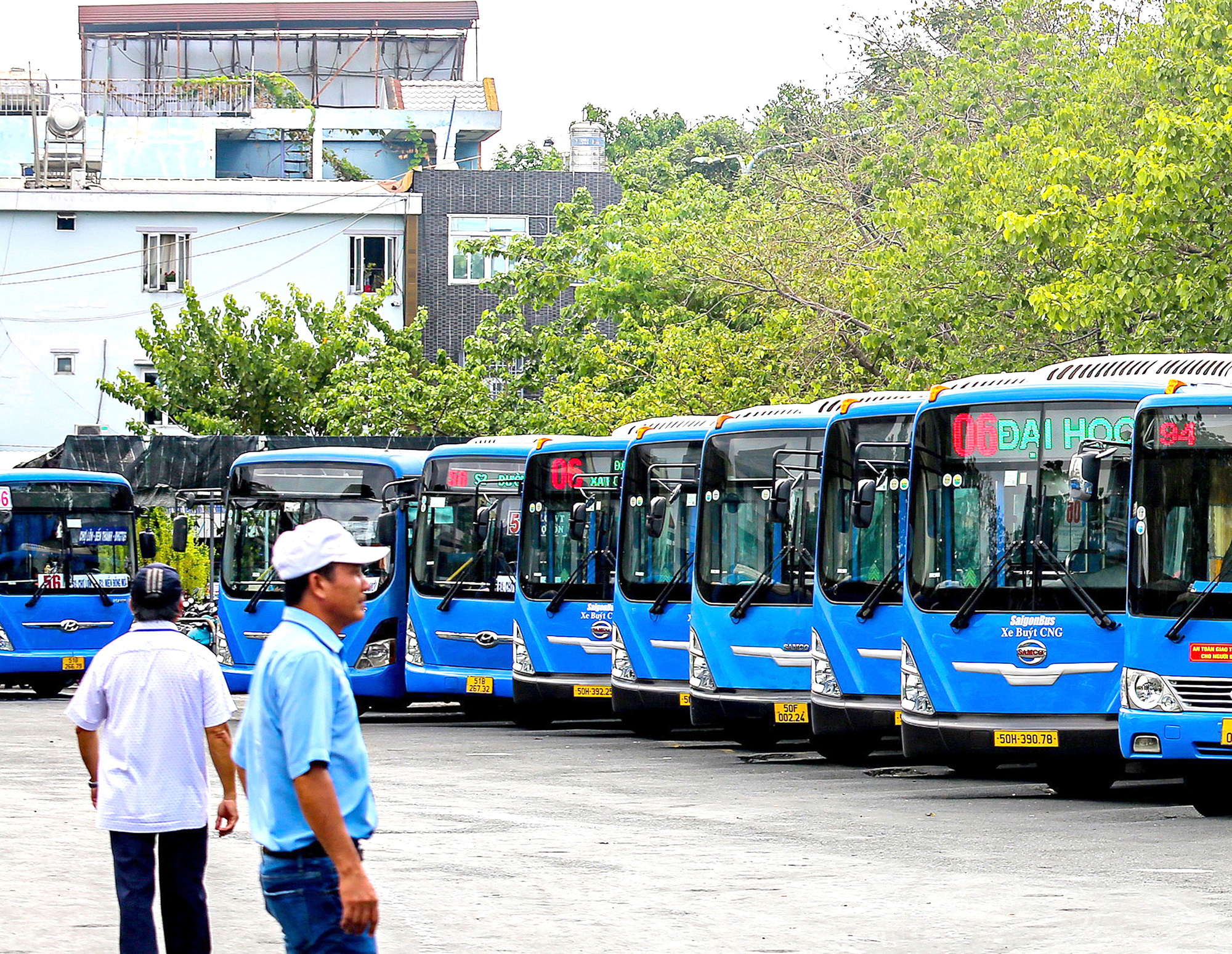
Many bus routes in Ho Chi Minh City have switched to using clean CNG energy - Photo: CHAU TUAN
Public transport gradually switches to green energy
Mr. Le Thanh Nam, Director of the Hanoi Department of Natural Resources and Environment, said that from 2025, Hanoi will pilot a restriction on polluting vehicles in some crowded areas that are air pollution hotspots, while developing dedicated routes for electric buses and low-emission vehicles.
The Ho Chi Minh City Department of Transport also said it is developing a project to control traffic emissions in the area with the goal of converting all public buses to electric by 2030. Based on recent traffic reports and documents, buses have quite high emissions levels.
A bus can emit as much exhaust as about 100 motorbikes on average. Therefore, the green transport development project focuses on researching the conversion of old buses using fossil fuels to green buses using electricity or CNG to control emissions and reduce environmental pollution.
To promote the conversion of green energy and electric vehicles to public passenger transport in Ho Chi Minh City, the Department of Transport has recently chaired and coordinated with relevant units to organize seminars and listen to opinions from leading experts.
At a workshop in late July, Mr. Tran Quang Lam, Director of the Ho Chi Minh City Department of Transport, said that with Resolution 98, Ho Chi Minh City can issue a policy mechanism to convert fossil fuel vehicles to green energy associated with the development of public transport.
The units have studied the experiences of other countries and identified issues regarding infrastructure, feasibility, policies, etc. and the need for a separate mechanism to develop green transport. The green transport transition has two phases, in which the first phase will complete the mechanism to convert public vehicles to electric or CNG vehicles.
In phase 2, all vehicles from public to private, motorbikes and cars will be converted to electric vehicles. Ho Chi Minh City will calculate the conversion by specific regions and areas with a clear process. Regarding this issue, experts say that Ho Chi Minh City needs priority policy mechanisms and must carefully calculate the infrastructure and charging station network.
"Who will invest, where will the planning be based on the current traffic situation, and should charging stations be located at existing public transport stations?" are questions experts pose to competent agencies and units.
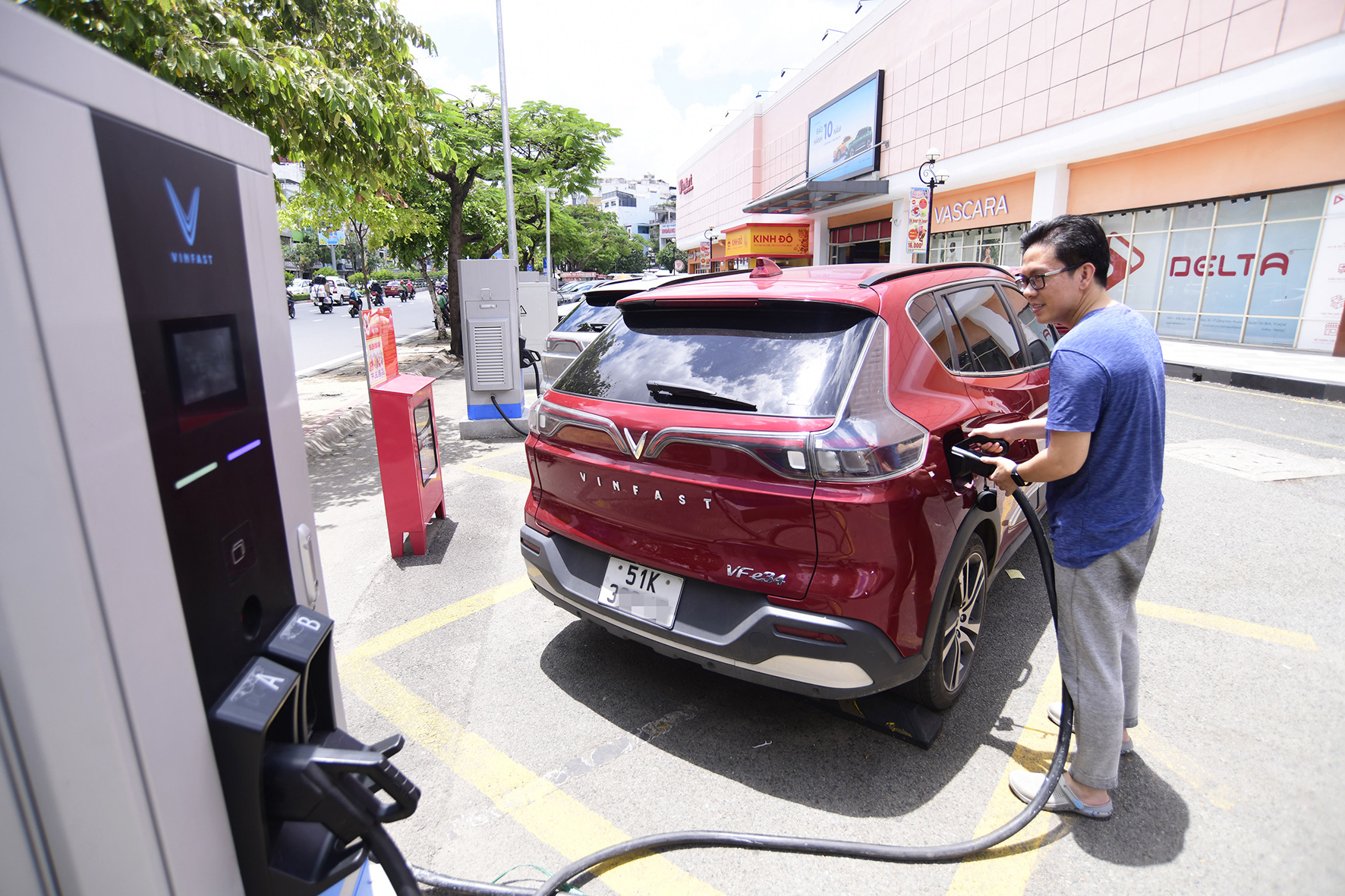
Mr. Minh Hoang charges his electric car at Vincom Cong Hoa shopping mall, Tan Binh district, Ho Chi Minh City - Photo: QUANG DINH
Accelerating the "greening" of buses
Discussing the roadmap for "greening" buses, Mr. Bui Hoa An, Deputy Director of the City Department of Transport, said that Ho Chi Minh City is piloting an electric bus route with 13 buses with a capacity of 65 - 70 seats, operated by VinBus Ecological Transport Services LLC (route D4).
In the first nine months of this year, route D4 reached 681,037 passengers with 26,670 trips. Regarding CNG buses, Mr. An said that Ho Chi Minh City currently has 516 vehicles operating on 18 subsidized bus routes with 3 fuel stations at Pho Quang bus park, Ho Chi Minh City National University bus station and An Suong bus station.
Regarding the traffic emission control project, the Ho Chi Minh City Department of Transport has completed the first phase of the project on converting public passenger transport vehicles to electric buses - green energy and is collecting opinions from units before proposing a conversion plan and preferential policies.
According to Mr. An, the project sets a goal that by 2030 all public passenger transport vehicles by bus in the area will use electricity and green energy.
Meanwhile, Mr. Pham Dinh Tien, Head of Operation Planning Department of Traffic Management and Operation Center, Hanoi Department of Transport, said that the number of green and clean buses accounts for 17% of the total number of buses in the area with 10 routes being electric buses and 10 routes using CNG (natural gas - PV) energy, emitting very low CO2 concentrations.
In the project to develop the use of green energy for public transport, approved by the Hanoi People's Council at the mid-2024 session, from 2026 to 2031, the proportion of buses converted to green, clean energy will account for 94% instead of 17% as at present. By 2035, 100% of buses in Hanoi will be converted to electric buses and buses using clean energy.
"Thus, it is expected that in more than 10 years, the public transport network will use all clean energy, with very low CO2 emissions into the environment," said Mr. Tien, adding that in 2025, newly invested taxis will be required to use electric energy. By 2035, when 100% of buses run on electricity, Hanoi expects to reduce 170,000 tons of CO2 emissions into the environment.
"Reducing CO2 and methane emissions from vehicles will lead to a greener and cleaner city, ensuring people's health. In addition, the quality of public services will also be increased when using electric vehicles. People will choose to take the bus more, reduce personal vehicles, contributing to reducing environmental pollution and improving traffic congestion in the capital," said Mr. Tien.

Graphics: TUAN ANH
Review the location of charging stations
The Department of Transport has just been assigned by the Ho Chi Minh City People's Committee to coordinate with relevant departments and localities to review locations for building power supply systems and charging station infrastructure for electric vehicles. The selected locations must be consistent with planning, have parking spaces and suitable traffic connections.
The Department of Transport is also assigned to summarize the problems to report and advise the Ho Chi Minh City People's Committee to direct the resolution. This task will be completed in the fourth quarter of 2024. The Department of Industry and Trade will take the lead in issuing guidelines on design and technical standards for charging stations and connections to the grid, and report the results before November 30.
At the same time, it is necessary to ensure adequate supply of electricity and green energy for charging stations and filling stations, responding promptly when these systems are installed and put into operation.
Interest rate incentives for green transport investment
To implement the project, the Ho Chi Minh City Department of Transport proposed to support loan interest for businesses investing in vehicles operating in public passenger transport using electric buses and green energy to borrow investment capital from the Ho Chi Minh City State Financial Investment Company, with a maximum loan limit of 85% of the total investment of the project.
Maximum interest rate support loan amount is 300 billion VND/project, fixed interest rate
3% for the investment loan portion during the loan term and the maximum interest support period is 7 years. At the same time, interest support is provided for domestic enterprises and economic organizations participating in investing in the construction of energy supply stations (electricity, green energy).
Don't let people be afraid to go out
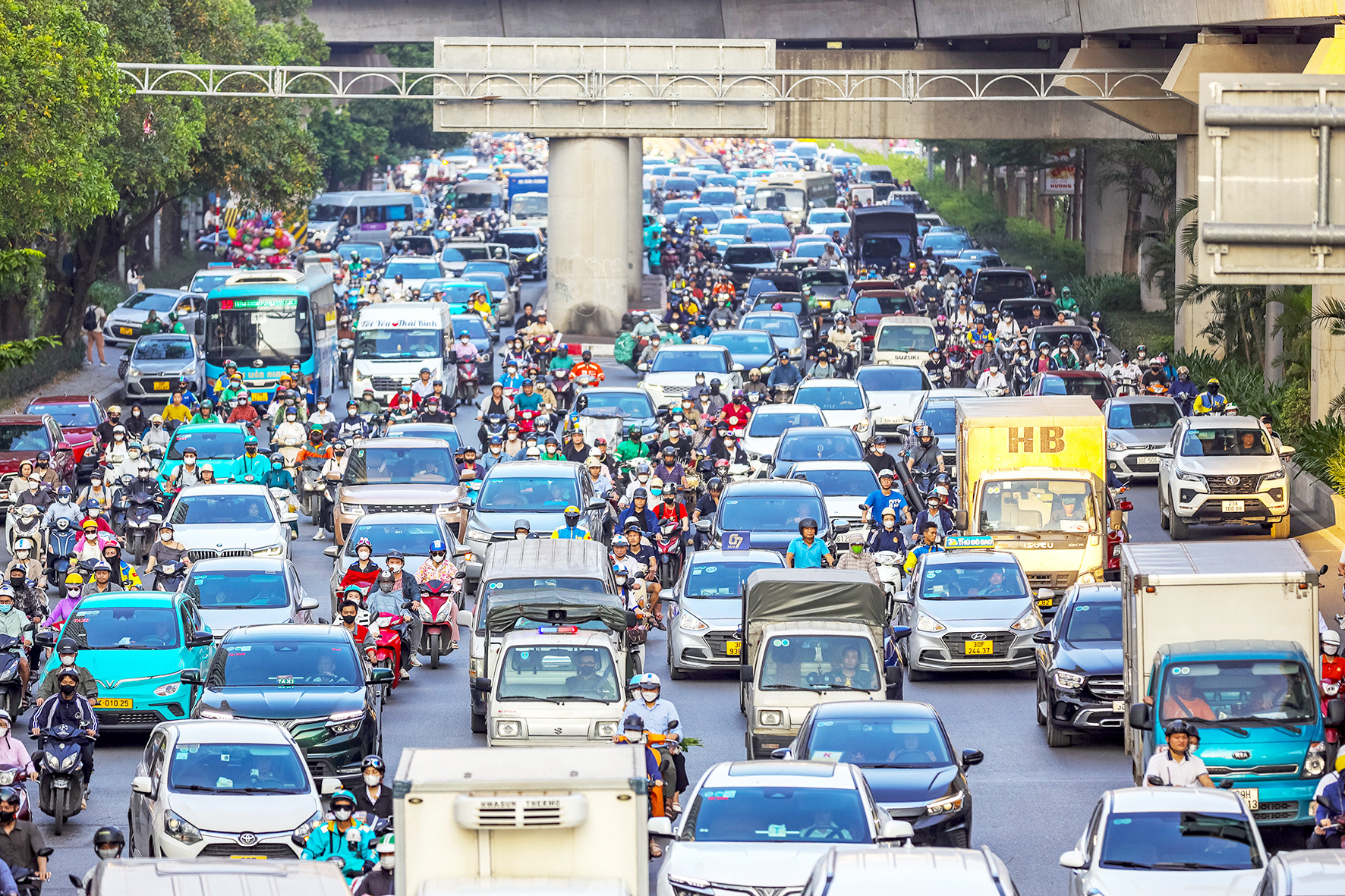
During rush hour, traffic congestion and gasoline fume pollution levels can increase 4-5 times compared to normal times - Photo: DANH KHANG
Dr. Hoang Duong Tung - Chairman of the Vietnam Clean Air Network, former Deputy Director General of the General Department of Environment - said that Hanoi usually enters the air pollution season from October to March next year. The cause is due to the construction density in the city, the amount of emissions from garbage and straw burning areas, from industrial zones... Especially the dust from vehicles causing air pollution.
According to Mr. Tung, air pollution has a great impact on health, people need to limit outdoor activities on days when air quality is at harmful levels. Healthy people when exposed to polluted air for a long time often have symptoms such as eye, skin, nose and throat irritation; coughing, phlegm, chest discomfort... Using masks that meet the standards of the Ministry of Health is very necessary, because not all types can avoid 2.5PM fine dust.
Source: https://tuoitre.vn/giao-thong-xanh-ai-cung-huong-loi-20241031224137848.htm



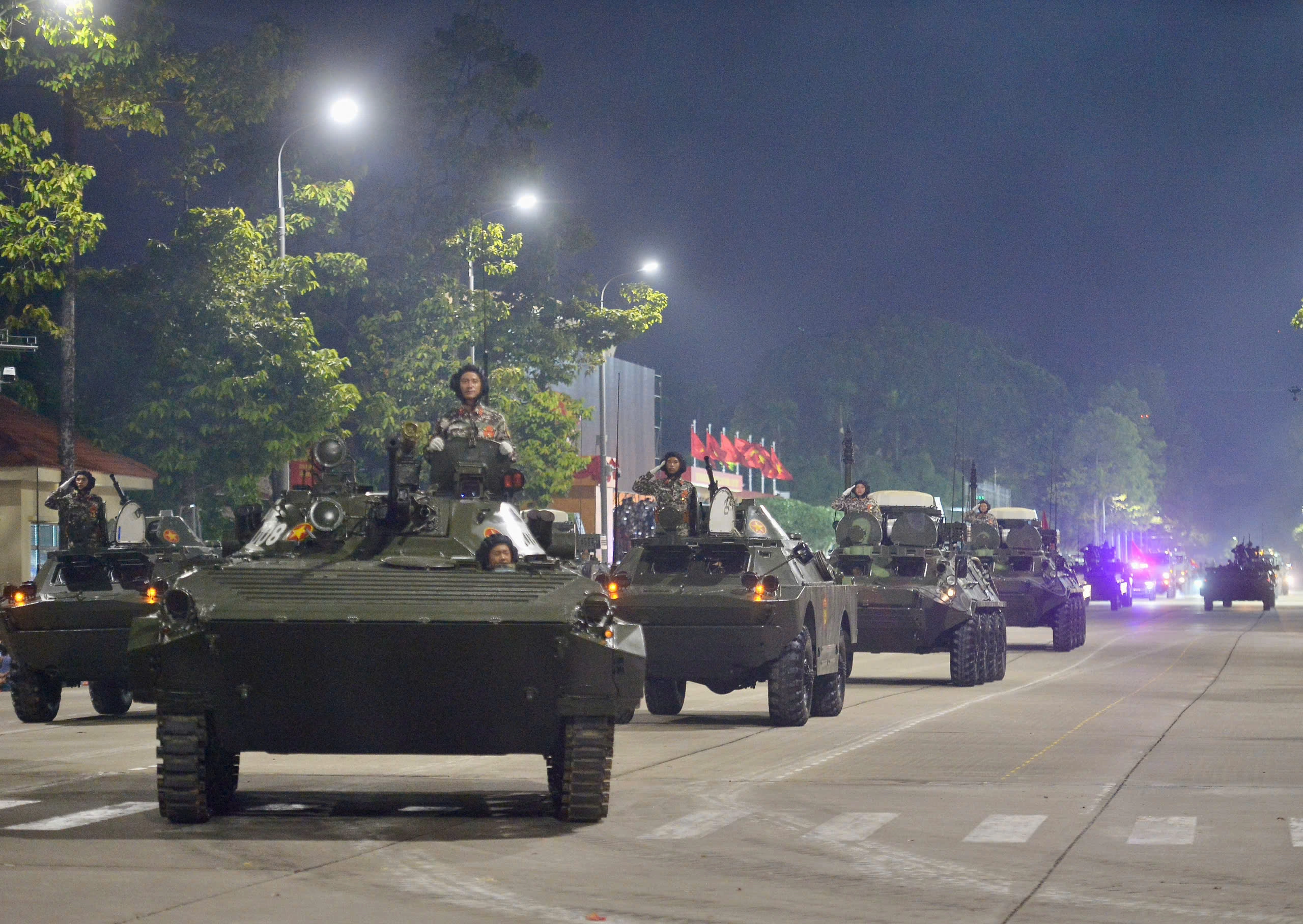

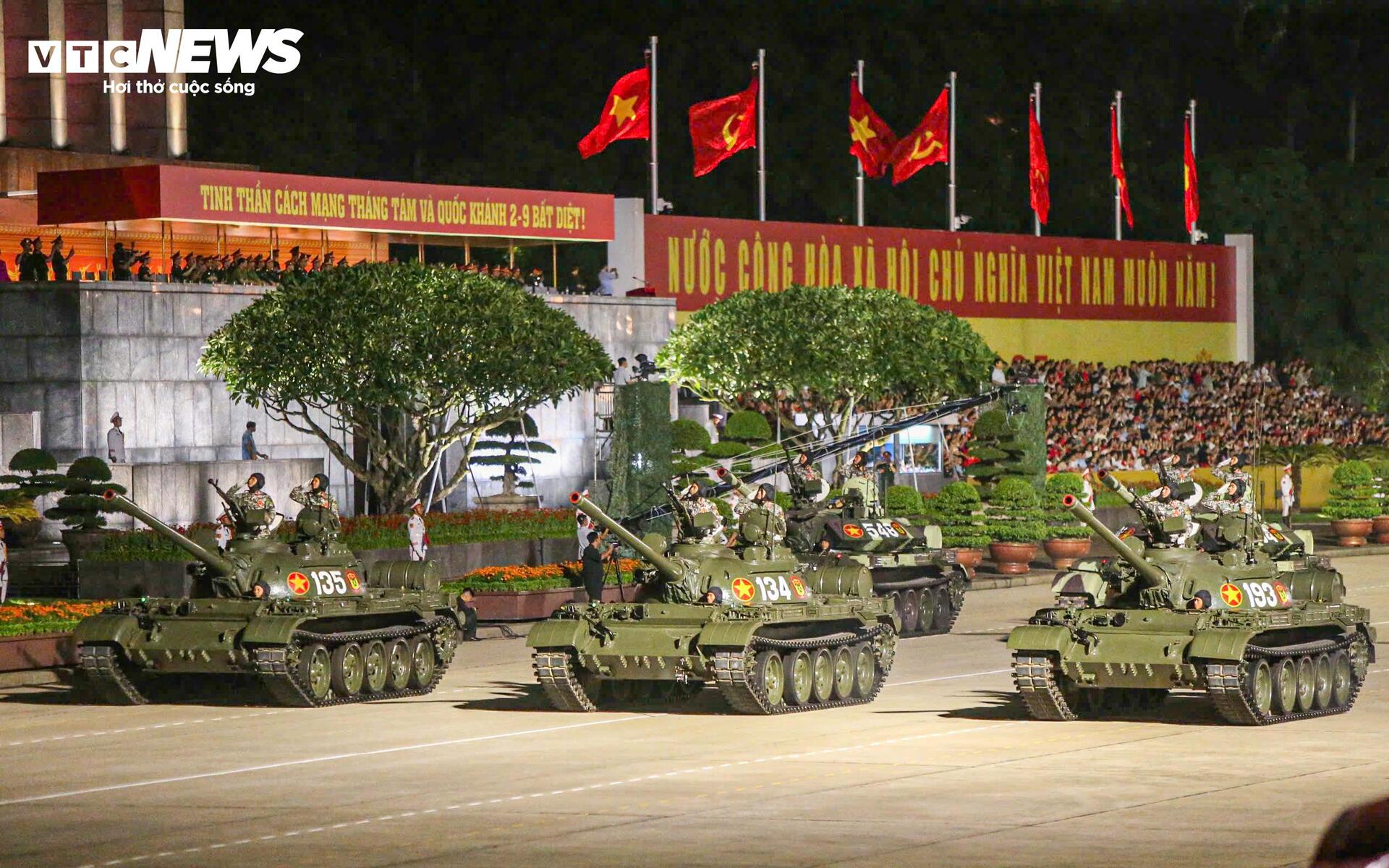

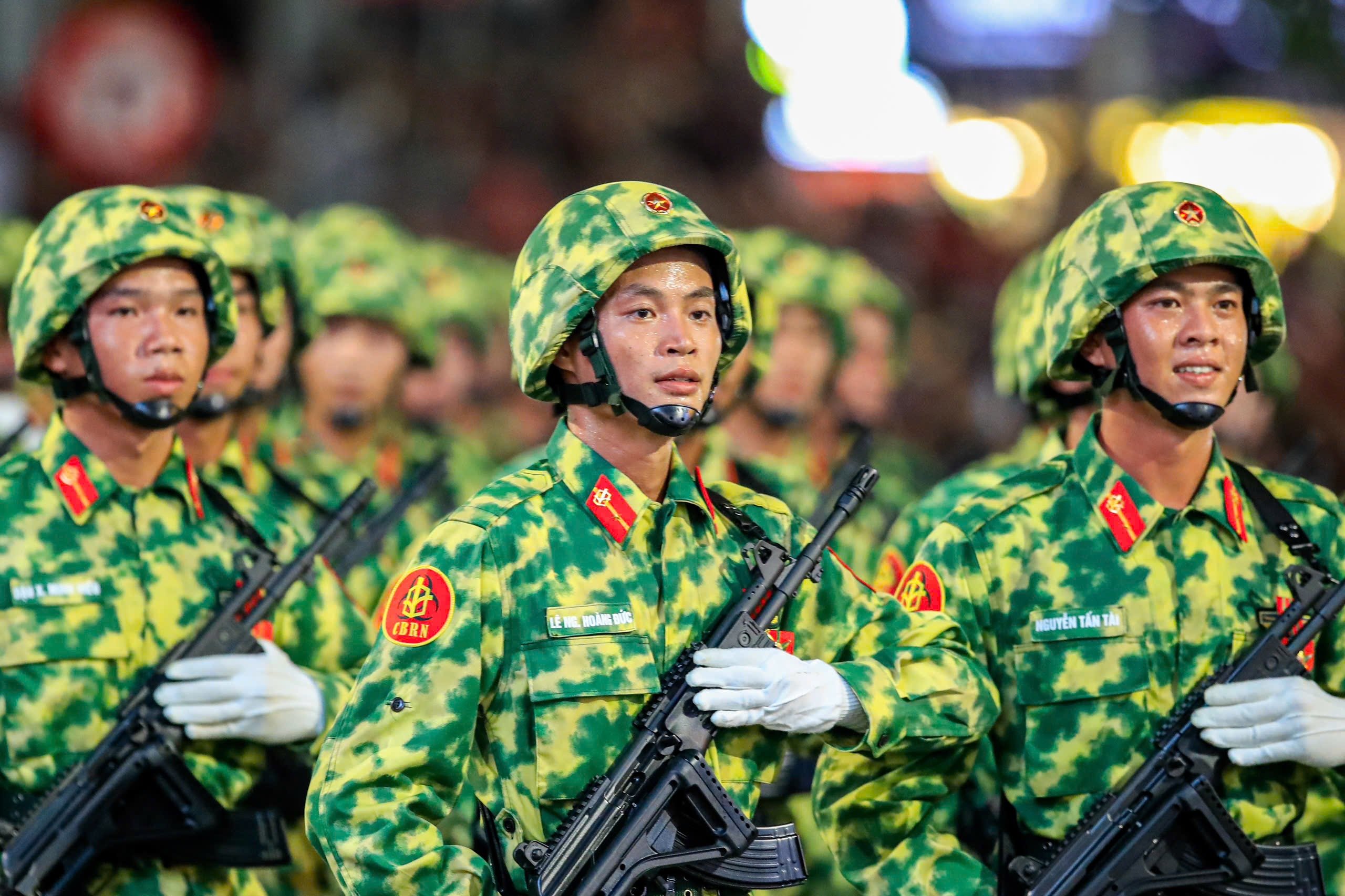

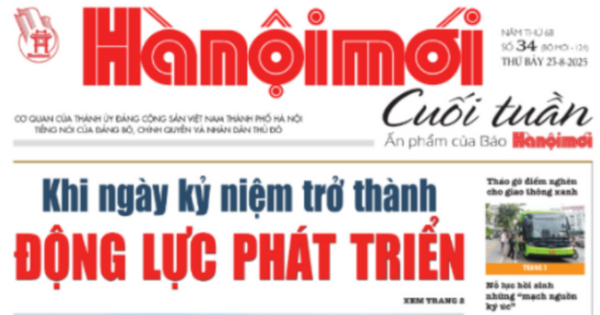

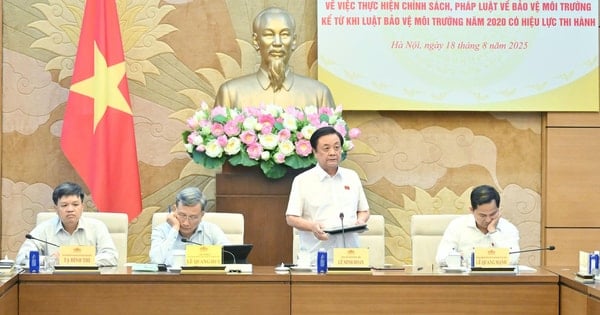

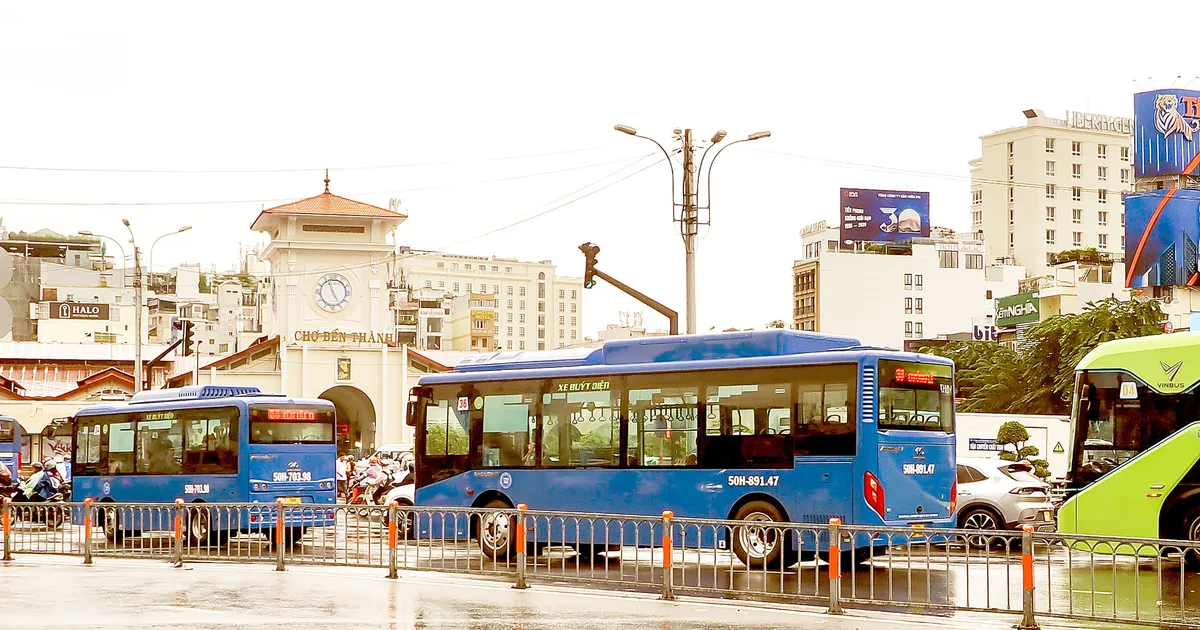

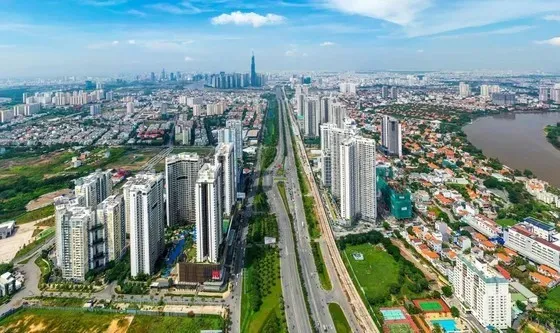

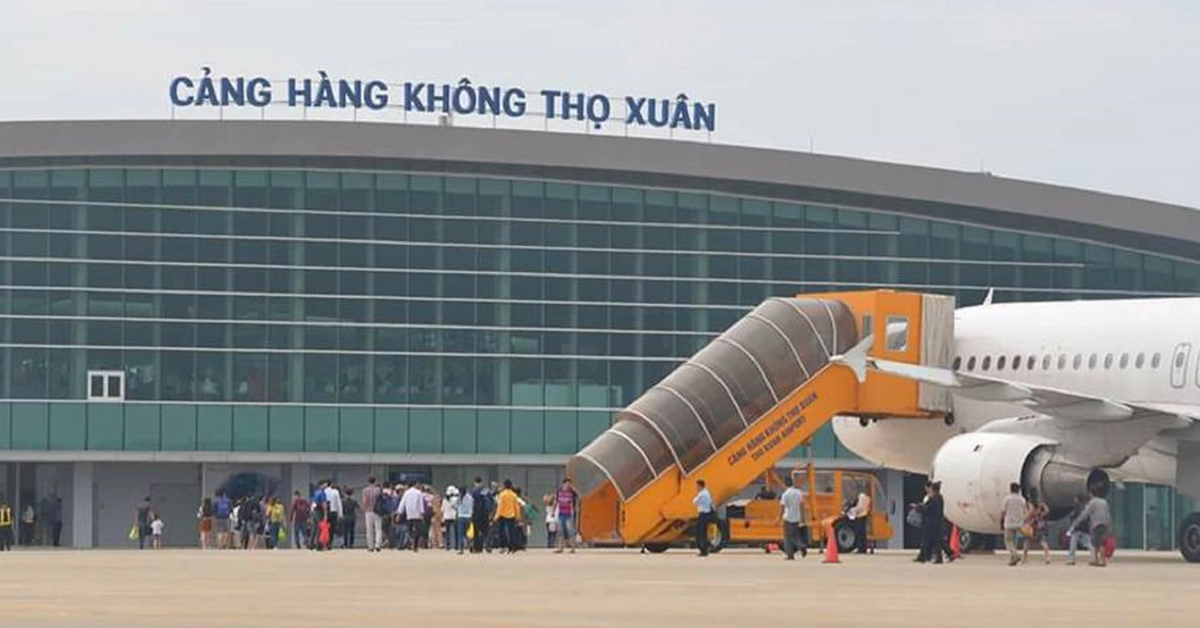
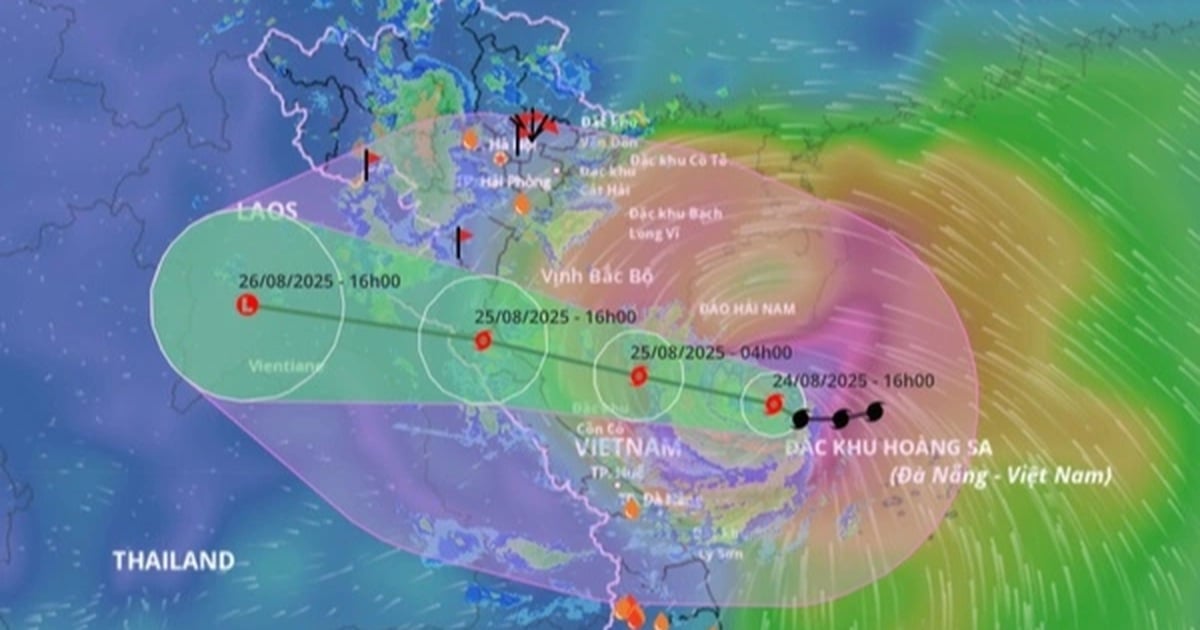



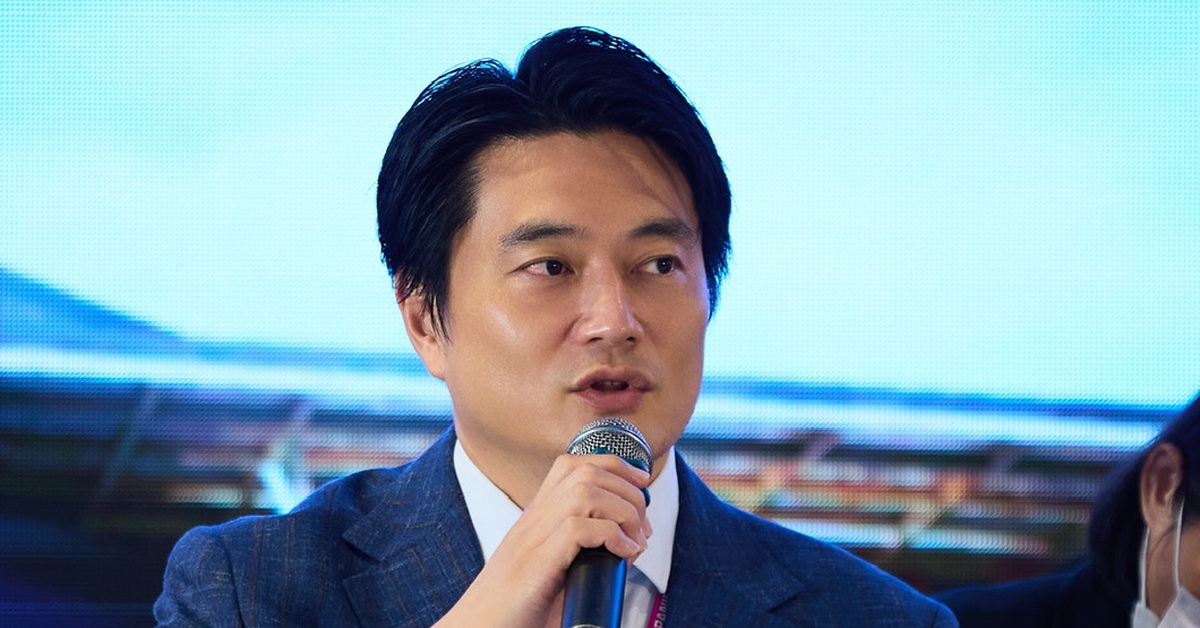










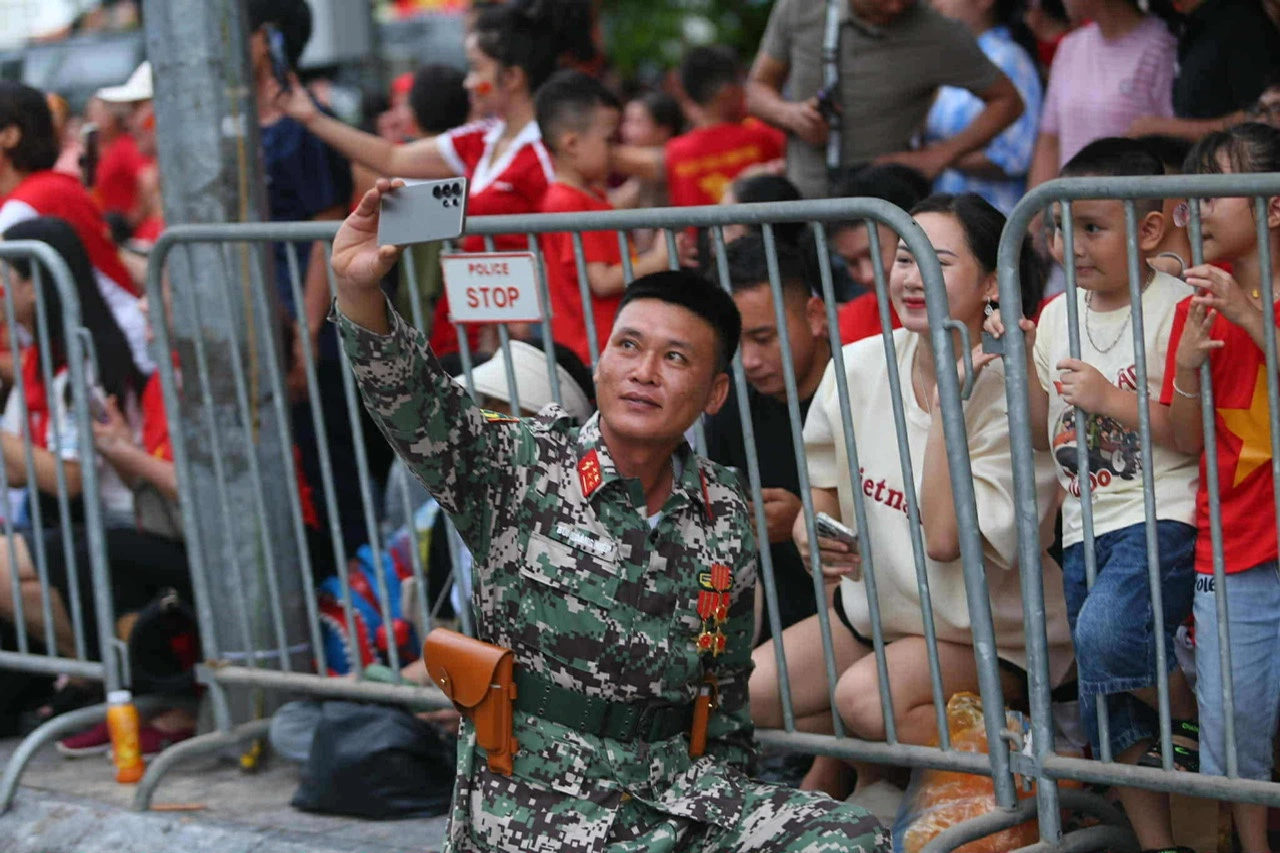
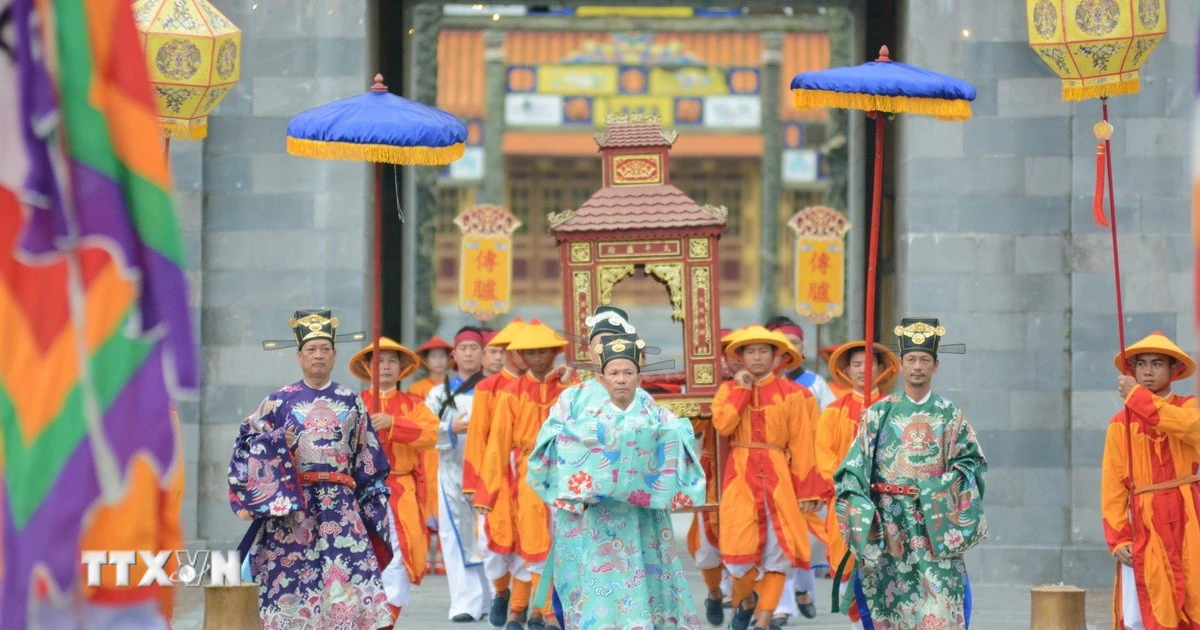

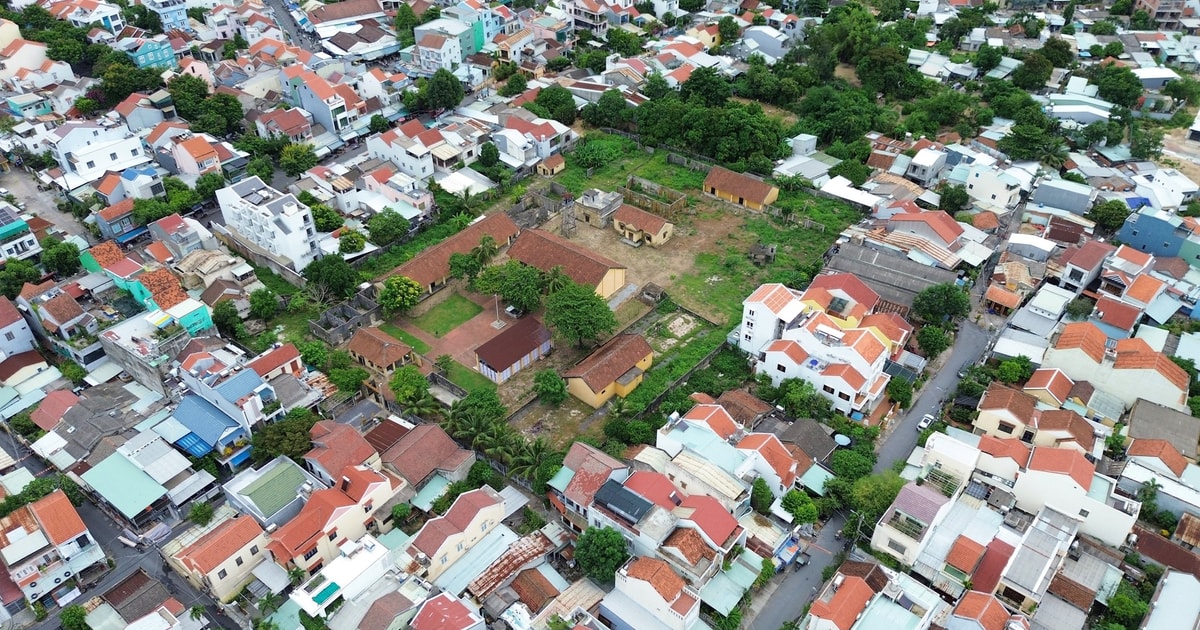



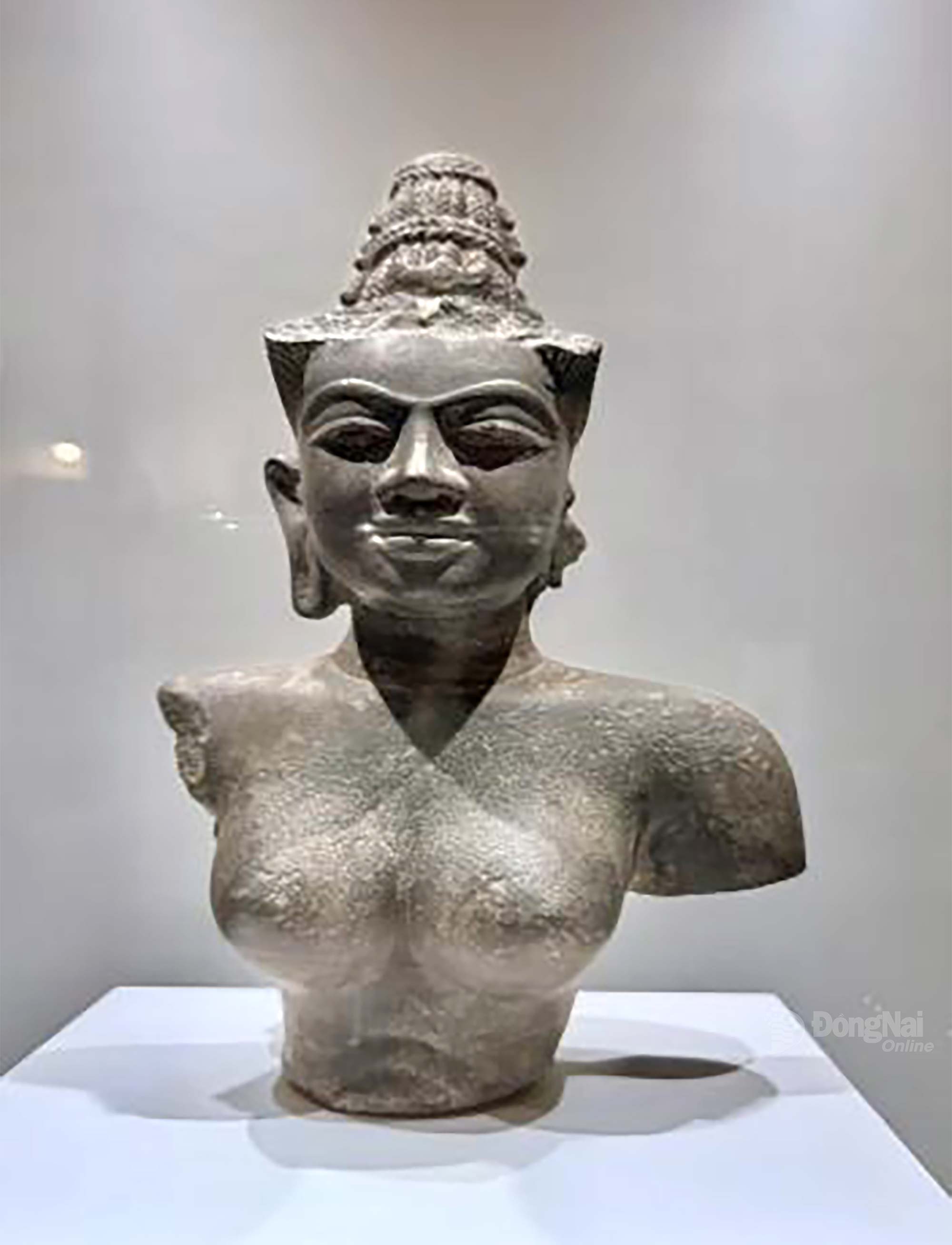




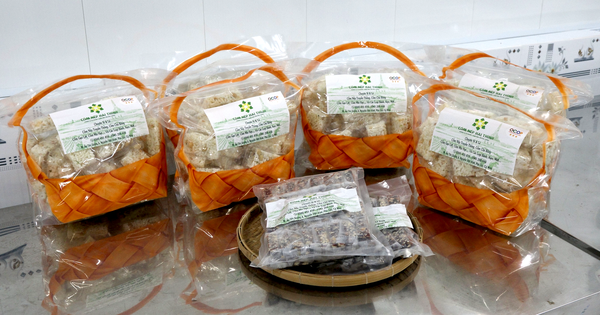

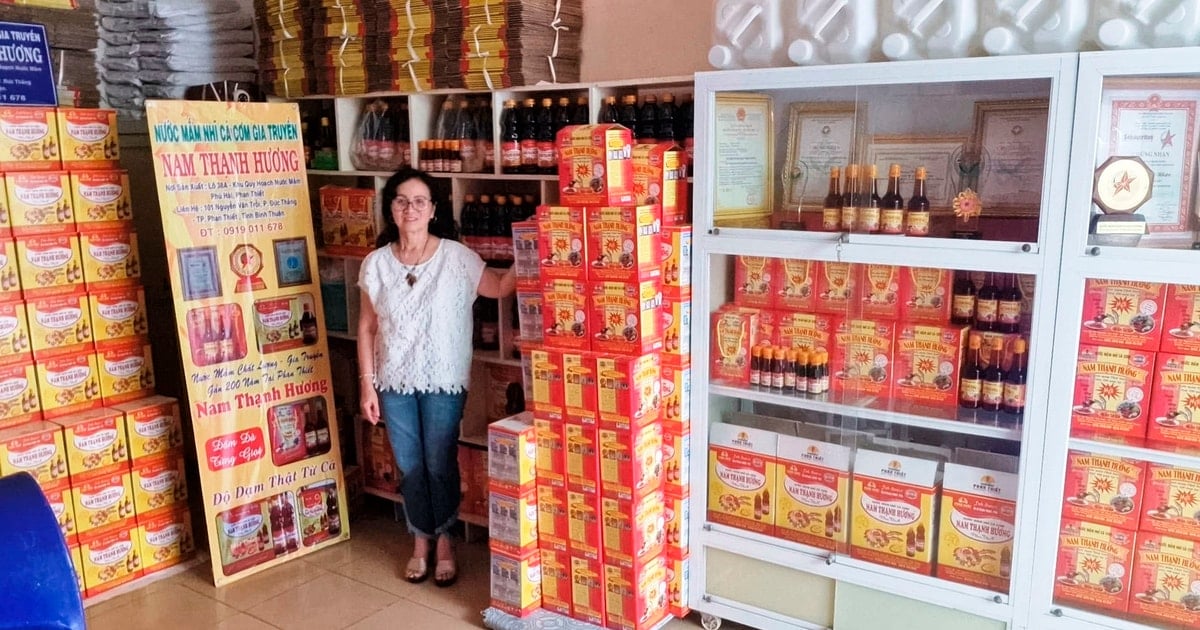

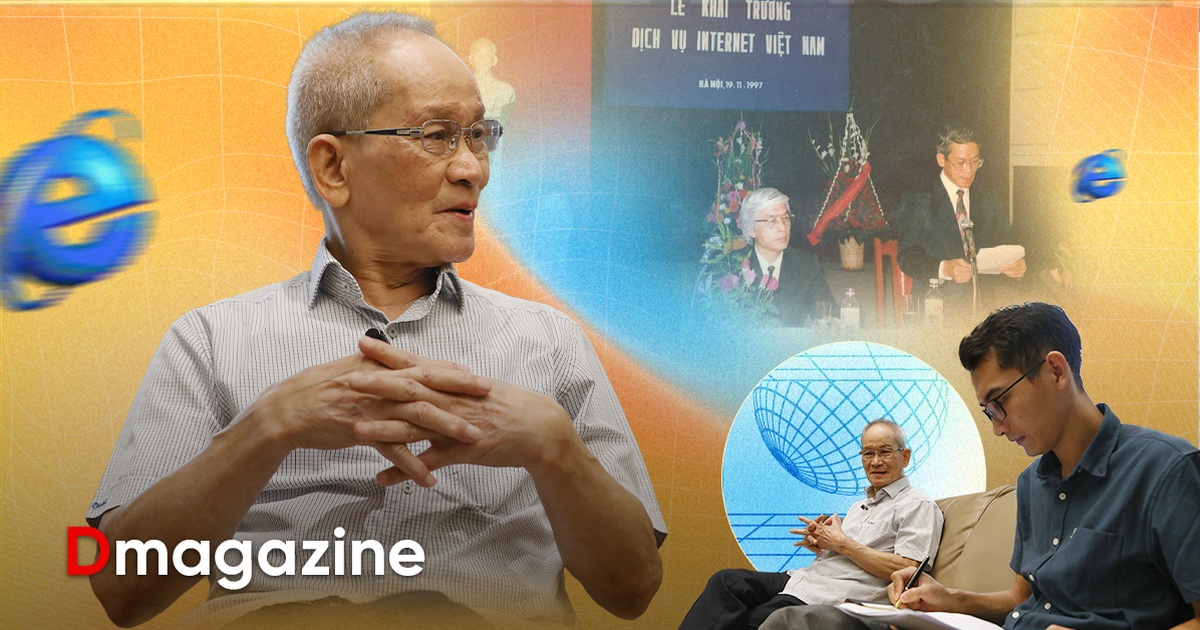


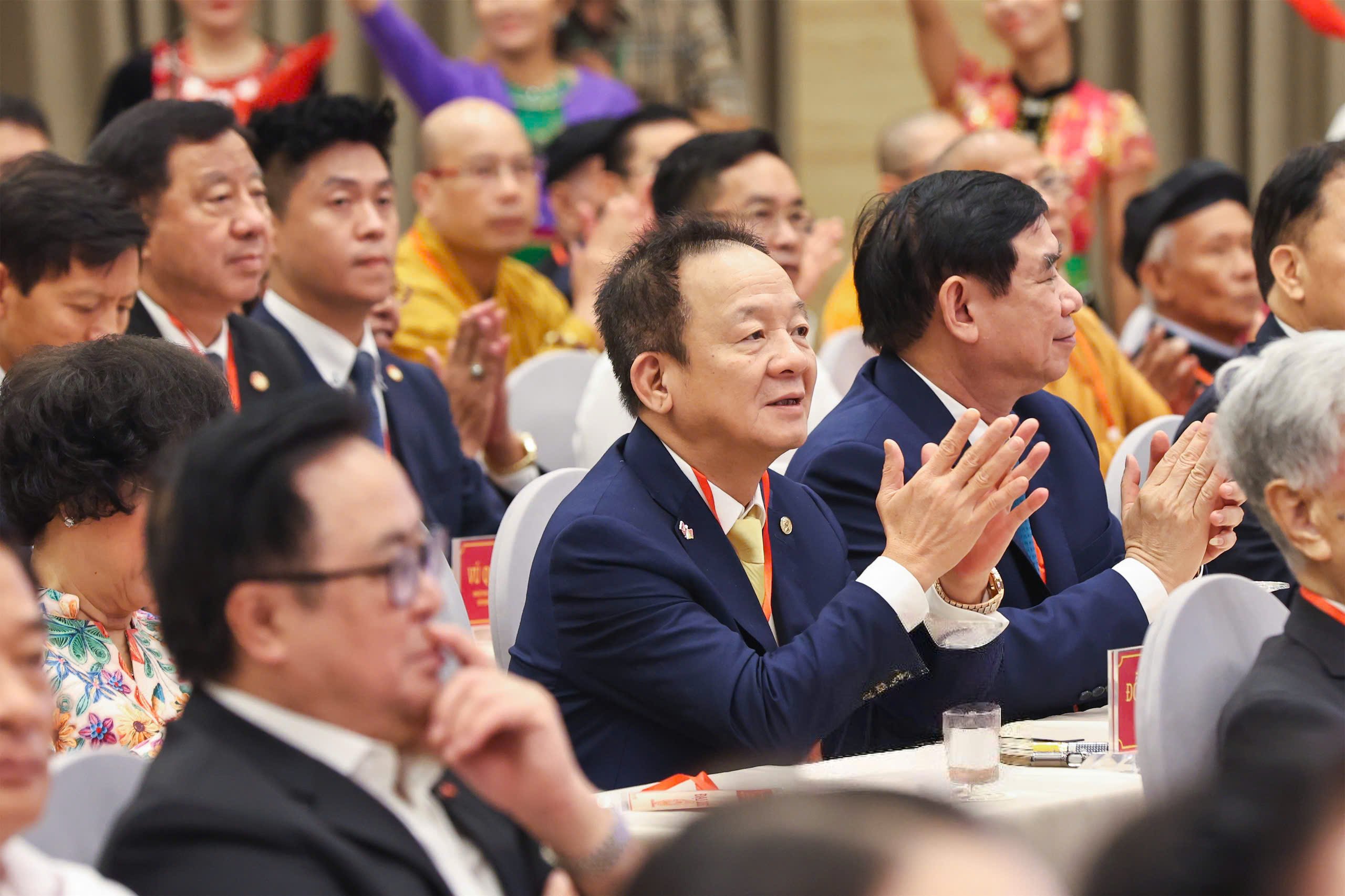



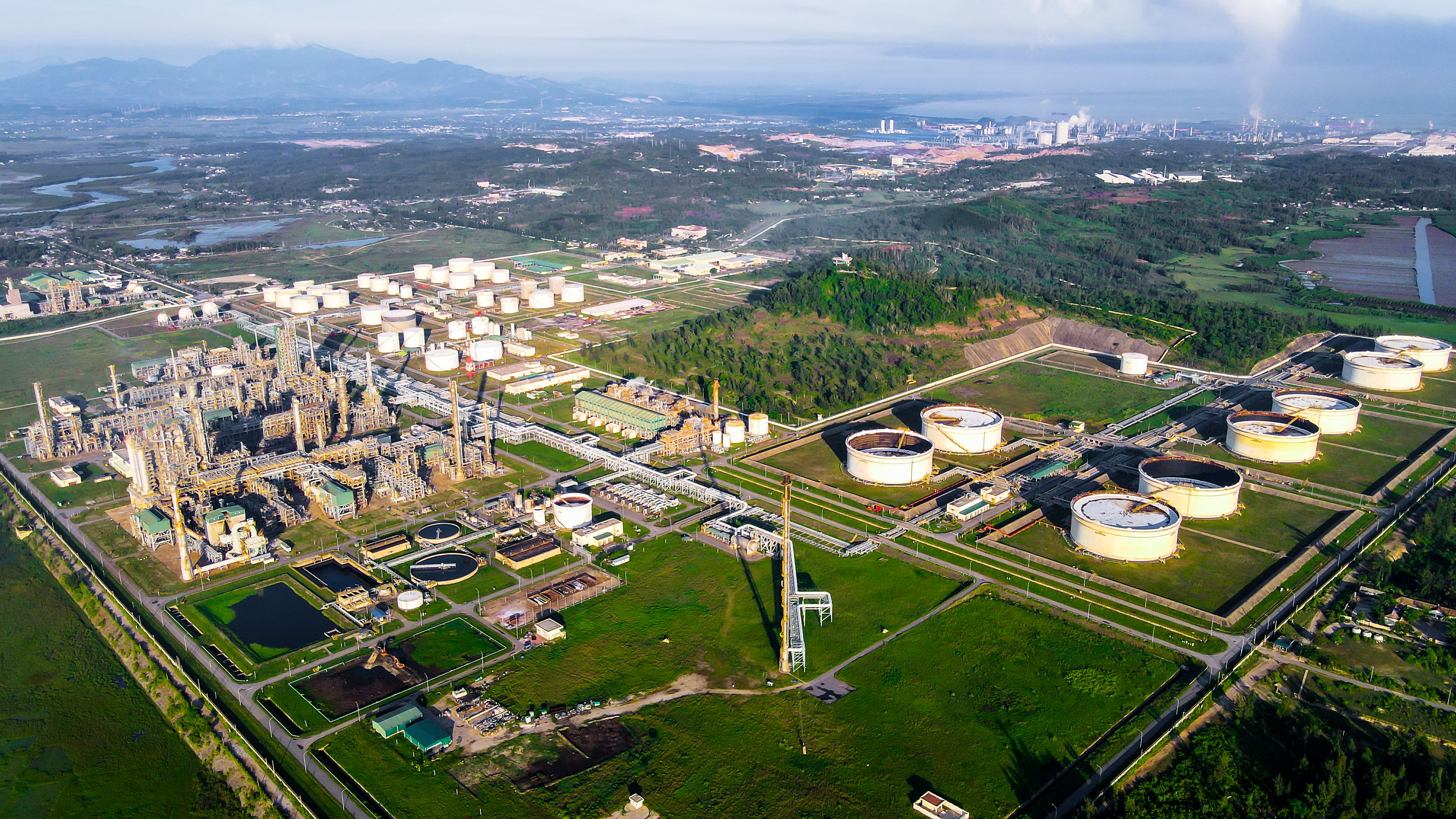








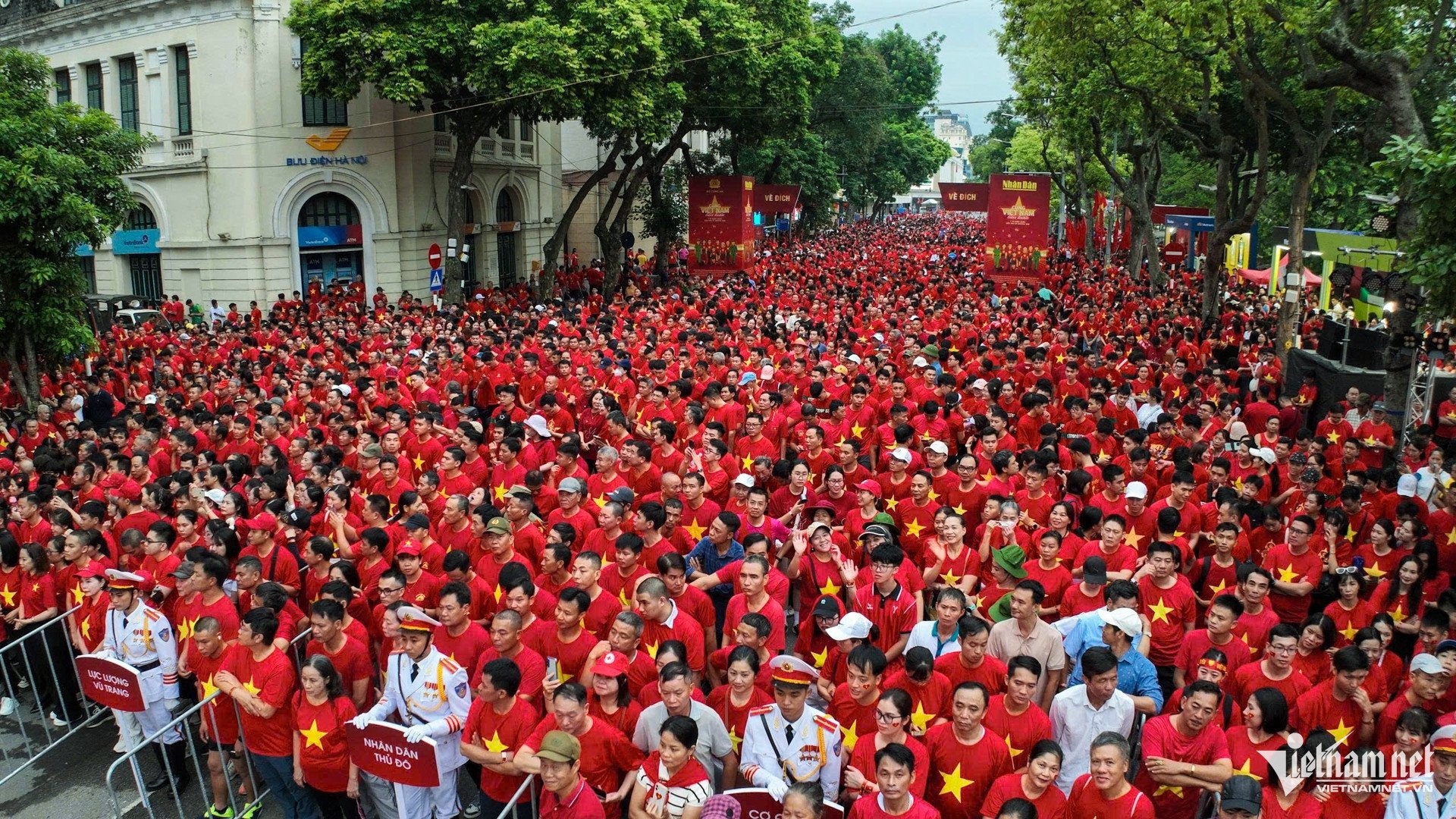

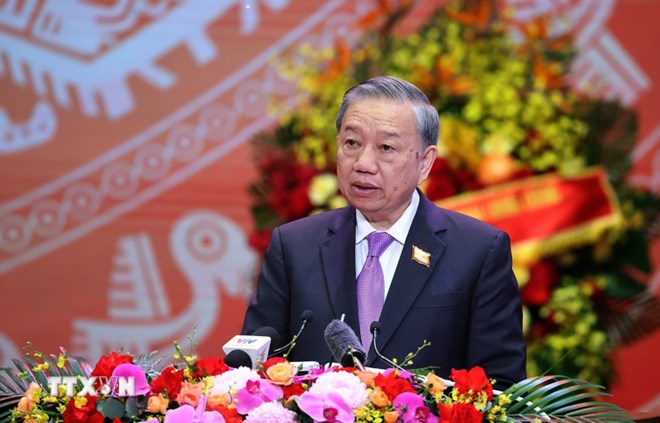

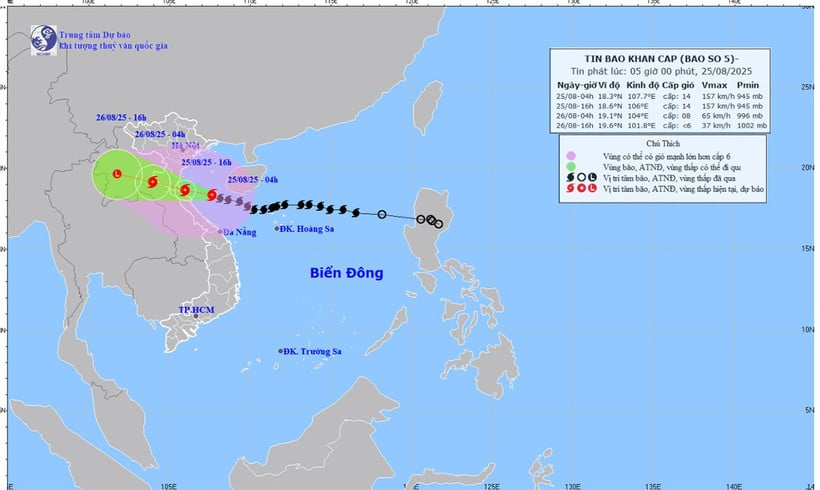


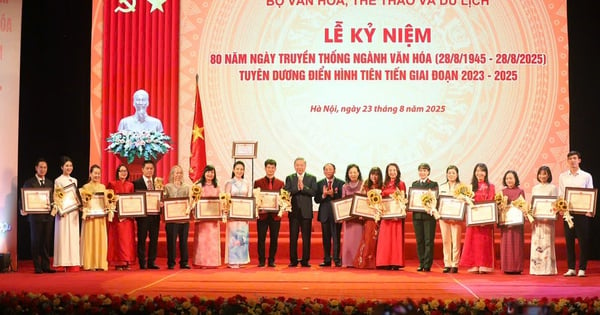

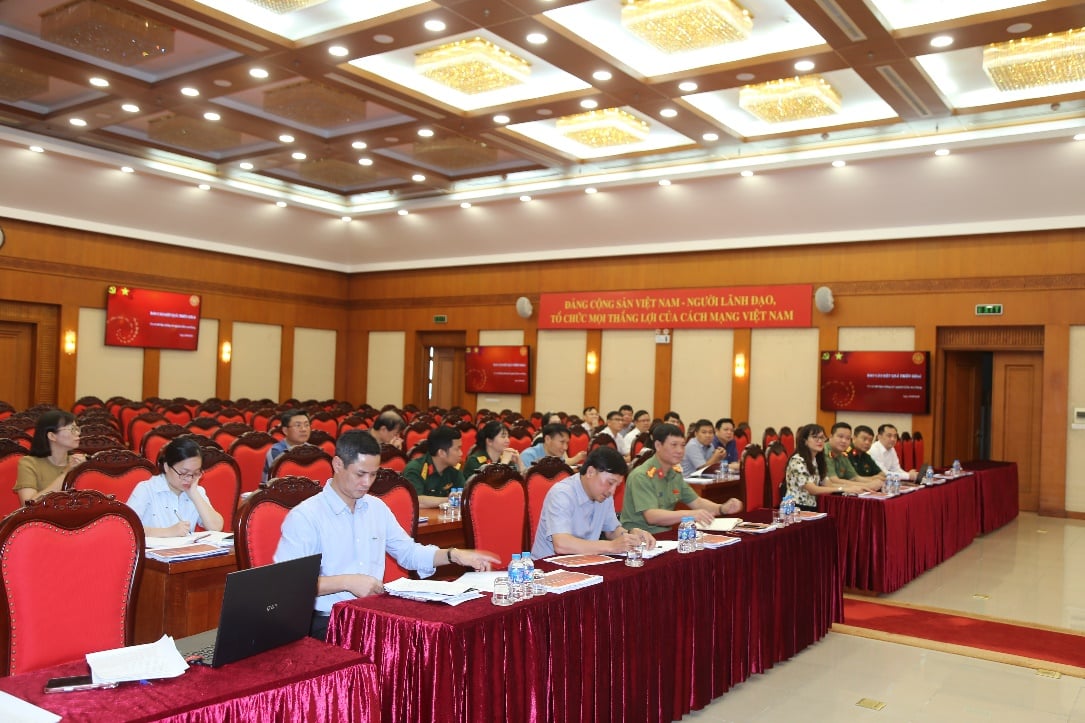
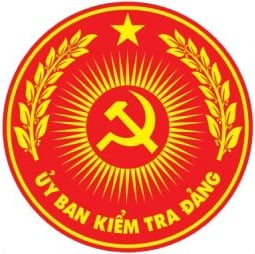
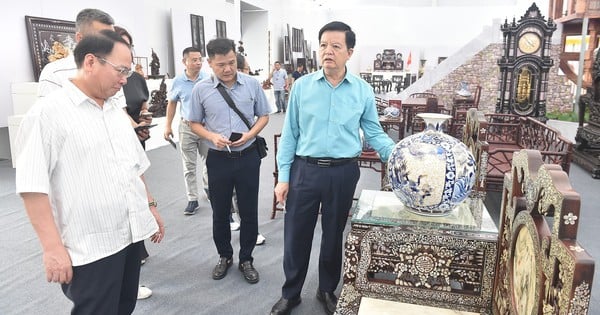

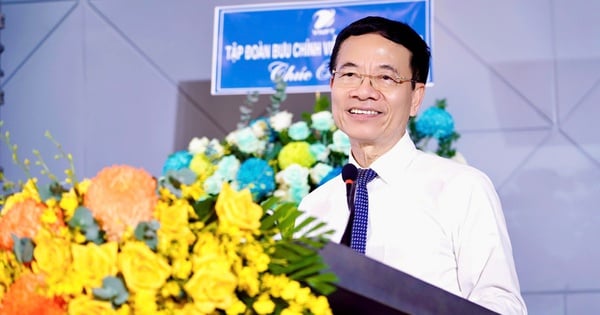



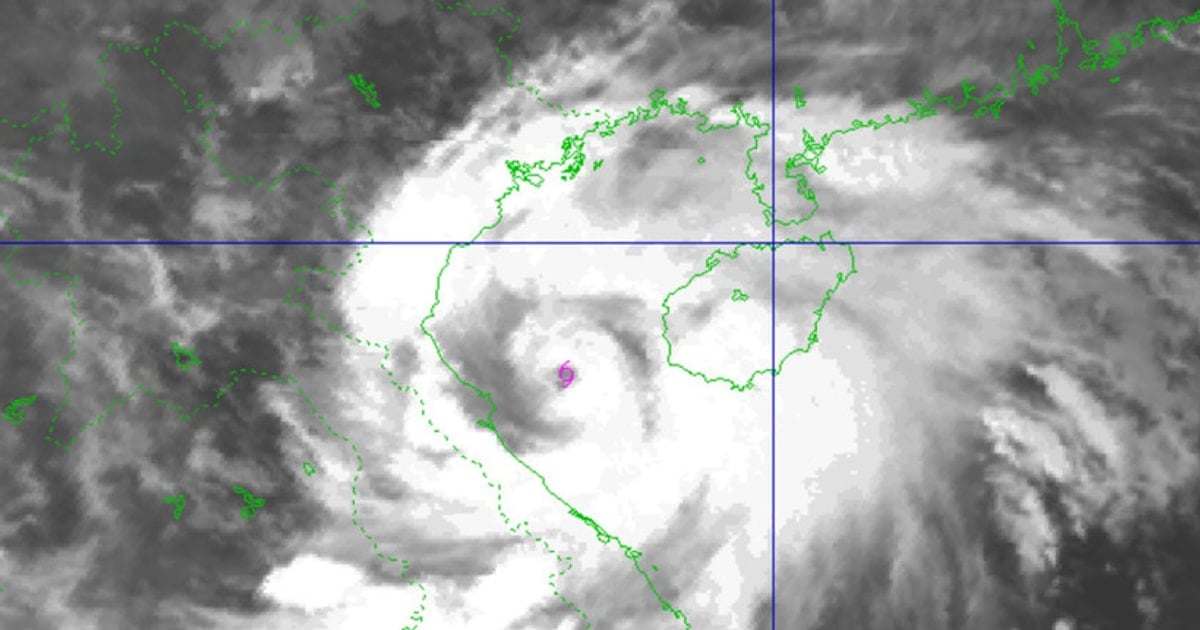
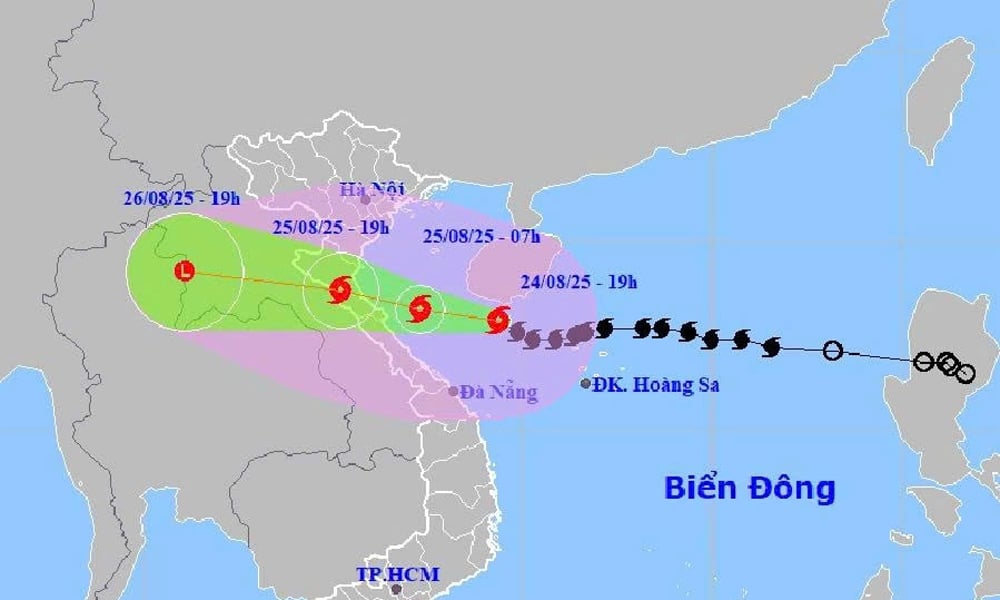

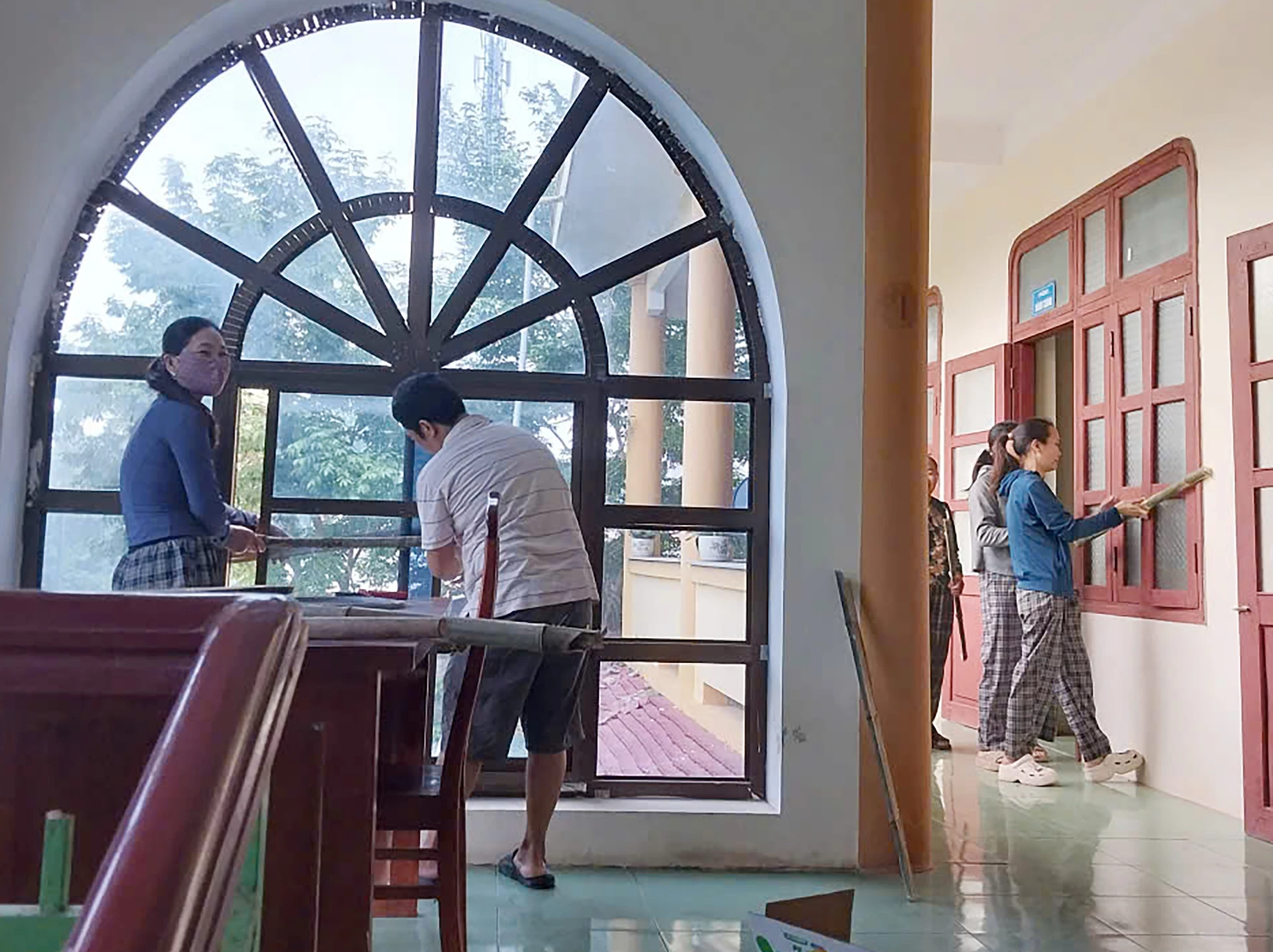

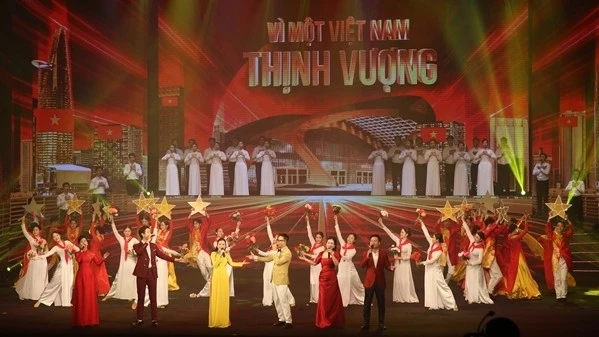

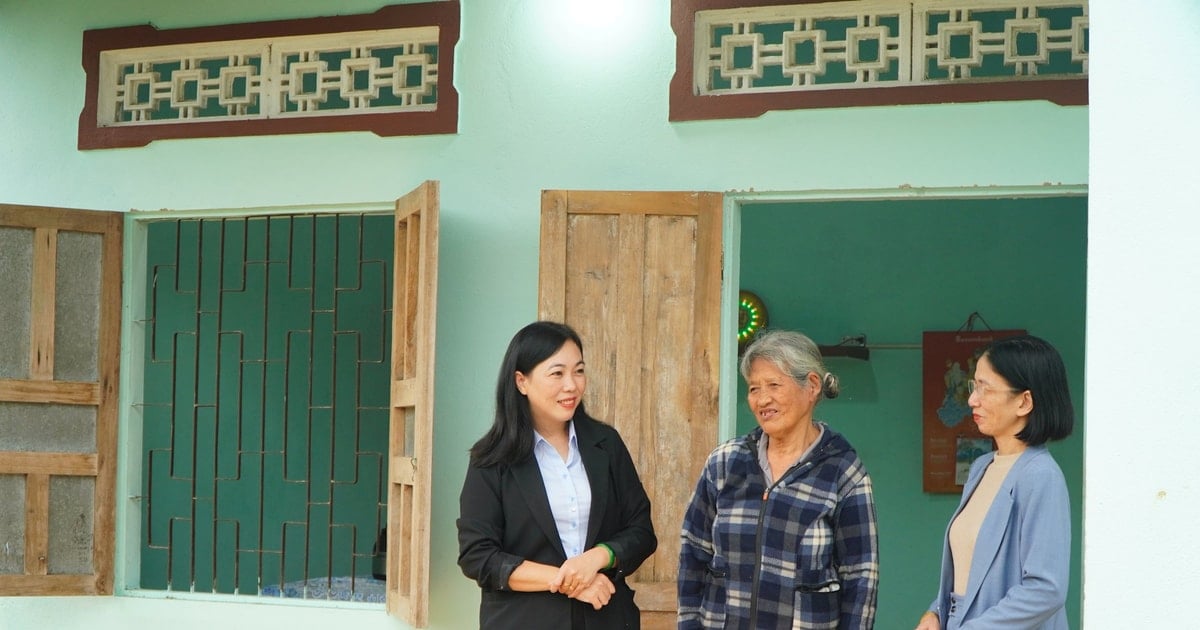


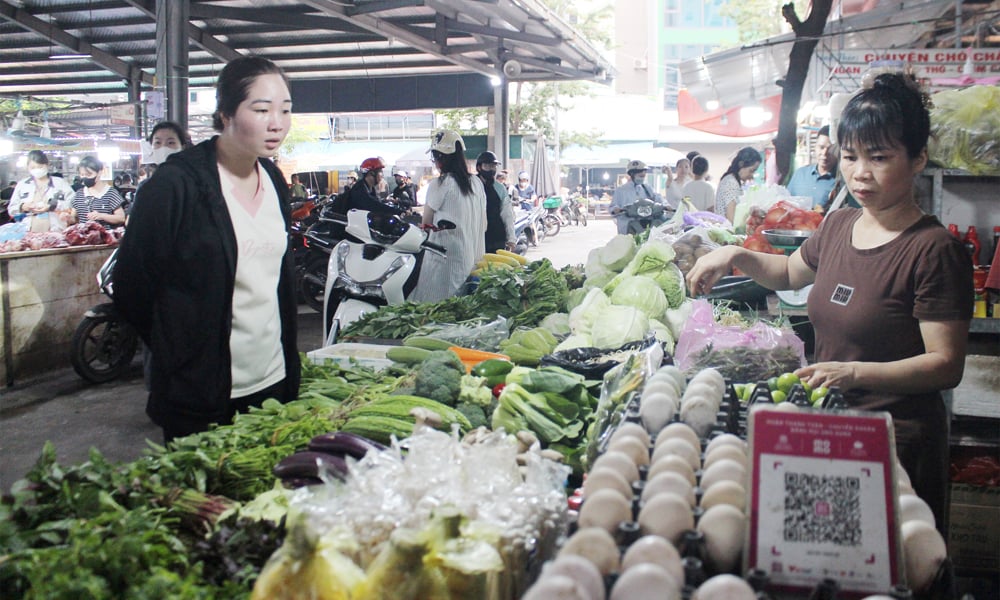













Comment (0)